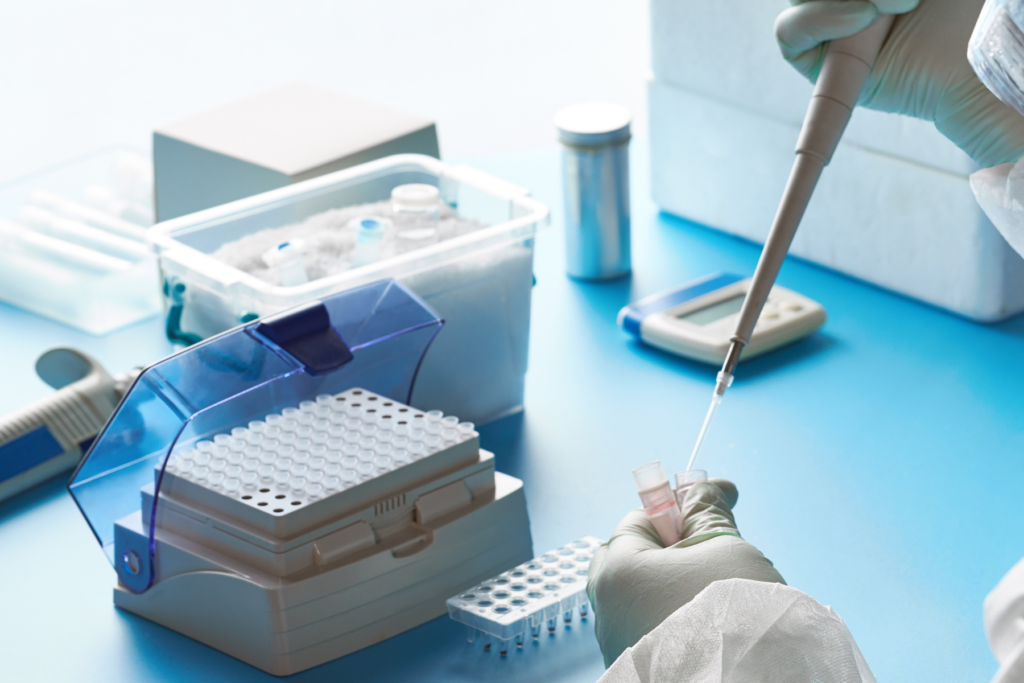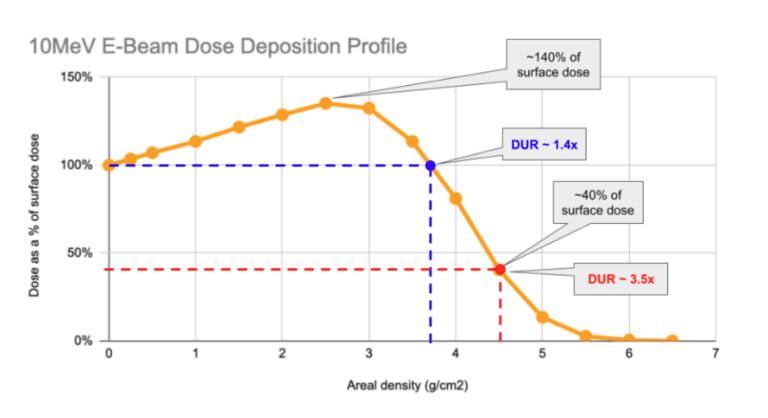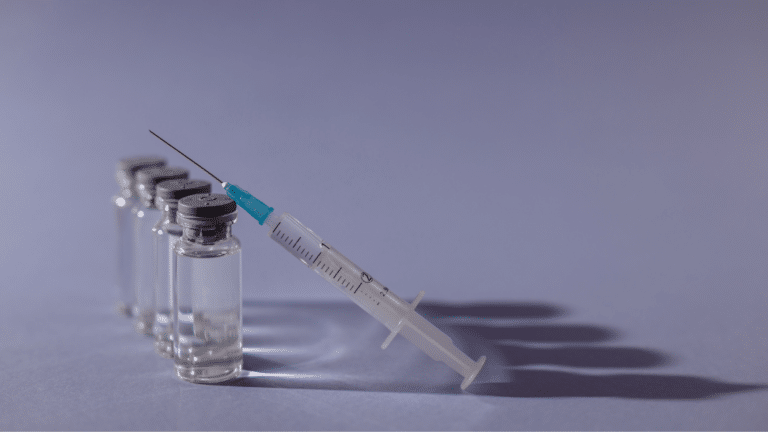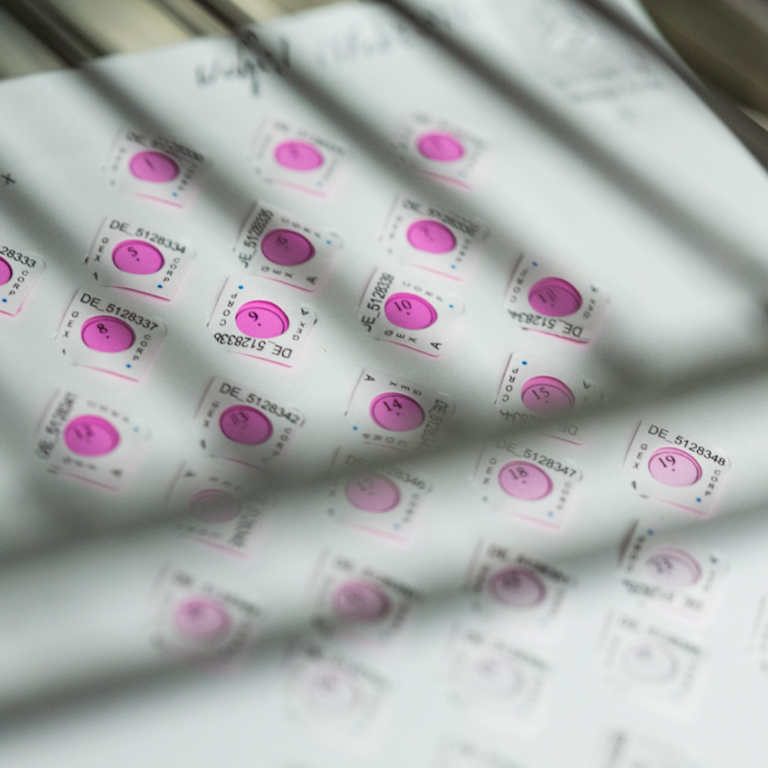ISO 11137 standards cover how to design and validate radiation sterilization processes (E-Beam, Gamma, X-ray) for medical devices. The successful completion of a validation allows a specific Sterility Assurance Level (SAL) to be claimed for a specific product and manufacturing process.
But once this sterilization validation is complete, many customers ask the question, “How do I maintain this validation and remain compliant?”.
What Does Compliance Look Like?
ISO 11137 requires any company that is manufacturing and claiming sterility for a validated product to regularly monitor their validated sterilization process with periodic bioburden monitoring and product sterility testing. This breaks down into two areas:
- Monitoring samples for bioburden
- This periodic measure of the manufacturing process’ cleanliness can be compared to the original validation data in order to assure there are no “spikes” in the routine bioburden that could negatively impact the sterility claim.
- Monitoring at a quarterly (or more frequent) interval can also capture seasonal impacts to product bioburden.
- Sterility Testing
- Customers are also required to subject samples to the Verification Dose (a reduced dose – typically determined for SAL of 10-2) determined during original validation and then test for product sterility. This is a repeat of the final sterility testing for the product at the audit.
What About Frequency?
Depending on the method of validation used, 11137 specifies initial monitoring intervals that range from 1-3 months (quarterly is most common) depending on the method used (e.g Method 1, 2, or VDmax) and bioburden measured.
Additionally, ISO 11137-1 allows users to make an argument to reduce the frequency of testing in the case of at least 4 successful dose audits and stable quarterly bioburden characterization results. The upper limit for testing is once every twelve months, except in cases where the product is manufactured less frequently (in which case monitoring is required with every manufacturing run!)
NextBeam’s Verification Dose Audit Services
At NextBeam, we assist customers with routine verification dose audit services. Before the product can be tested for product sterility by your selected microbiology lab, samples must be irradiated at the verification dose.
We have long heard that verification dosing can often be a bottleneck in many processes as sterilizers can accumulate long lead times for these services.
At NextBeam, we commonly run verification dosing in days, not weeks. E-Beam processing is advantaged here due to its high speed and serial nature: running specific tests can be done in under an hour versus other technologies where longer exposure and parallel processing can make these tests more difficult to fit into busy production schedules.
Quarterly dose audits are a vital part of any company’s sterility assurance program. If you are a medical device company or a laboratory who utilizes these services for your customers, we are here to help. Contact us to request a quote for our E-Beam Verification dose audit services.
Additional Articles We Think You Might Like
Have a question? Speak with a sterilization expert today, at your own convenience.





